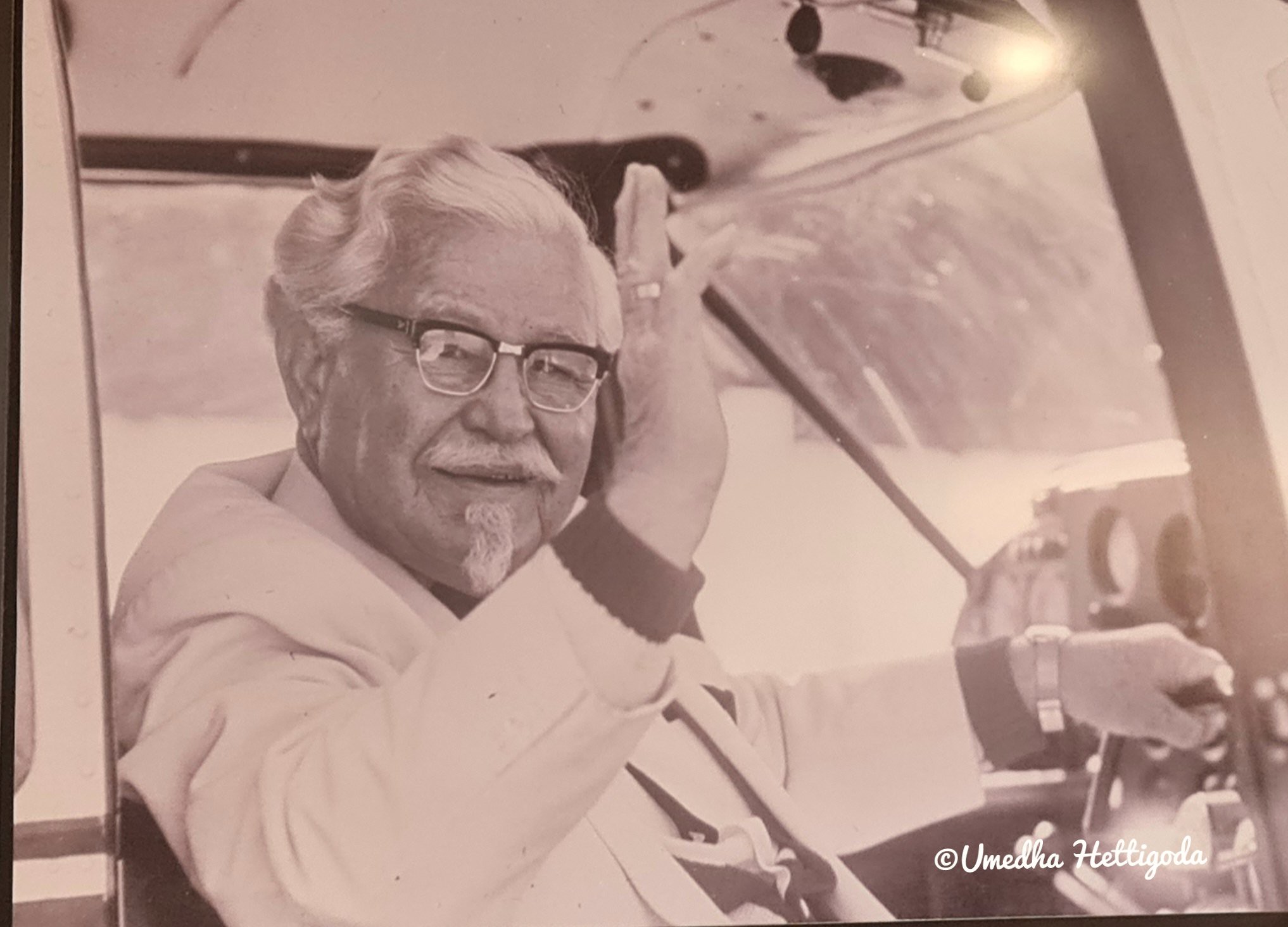Kevin Systrom: The Mastermind Behind Instagram's Meteoric Rise
In the fast-paced world of tech innovation, few stories shine as brightly as that of Kevin Systrom. His journey from a coding enthusiast to the co-founder of Instagram – an app that transformed how billions of people share moments of their lives – stands as a powerful testament to vision, timing and perseverance. Systrom didn't just create another photo app; he revolutionized how we communicate visually in the digital age, building a platform that would eventually be acquired for $1 billion and grow to become one of the most influential social media networks in the world.
Born on December 30, 1983, in Holliston, Massachusetts, Kevin Systrom grew up in a middle-class household with parents who worked in marketing and human resources. From an early age, Systrom showed a natural curiosity for technology and programming. While many kids his age were playing video games, young Kevin was learning how they were made.
During his high school years at Middlesex School in Concord, Systrom's interest in computer programming deepened. He created simple programs and games, laying the foundation for his future in tech. His early exposure to programming wasn't just a hobby – it was shaping his understanding of how technology could solve problems and enhance experiences.
Systrom's educational journey took him to Stanford University, where he studied Management Science and Engineering. Stanford's proximity to Silicon Valley placed him at the epicentre of technological innovation, exposing him to entrepreneurial thinking and venture capital culture. During his time at Stanford, Systrom participated in the university's prestigious Mayfield Fellows Program, which selects a small group of students for intensive training in entrepreneurship and innovation.
After graduating from Stanford in 2006, Systrom joined Google as an associate product marketing manager. Working at Google gave him firsthand experience with one of the world's most innovative companies, but Systrom wanted to explore different avenues within the tech industry.
Kevin Systrom's journey was marked by pivotal decisions and challenges that shaped his path to success. While at Stanford, he developed a photo-sharing service called Photobox, which caught the attention of Mark Zuckerberg and Adam D’Angelo. They invited him to join Facebook, but Systrom chose to stay in school, reflecting on this decision without regret.
Additionally, Systrom interned at Odeo, the precursor to Twitter, but left to join Google in 2008. He later acknowledged missing opportunities with both Twitter and Facebook but viewed these experiences as part of his journey leading to the creation of Instagram.
The story of Instagram begins with Burbn, Systrom's initial startup idea. Named after his love for bourbon whiskey, Burbn was a location-based check-in app that allowed users to share photos of their gatherings. While working on Burbn in his spare time, Systrom met Mike Krieger, a fellow Stanford graduate, who joined him as co-founder.
The pivotal moment came when Systrom and Krieger realized that Burbn was too complex and featured too many functions. After analysing user behaviour, they noticed that people were primarily using the photo-sharing feature. This observation led to a critical decision – they would strip away all other functions and focus solely on creating the best mobile photo-sharing experience possible.
In just eight weeks of intensive coding and design work, they rebuilt the app from scratch. On October 6, 2010, Instagram was launched on Apple's App Store. The name "Instagram" was a combination of "instant camera" and "telegram", reflecting the app's purpose of sending photos instantly.
What made Instagram different was its simplicity and unique photo filters that could transform amateur snapshots into visually appealing images. The square format – inspired by Polaroid pictures – created a distinctive aesthetic that set it apart from other photo apps.
Instagram's growth was nothing short of phenomenal. Within hours of its launch, the app gained thousands of users. In just three months, it reached one million users and within six weeks, that number doubled to two million. By April 2012, shortly before its acquisition by Facebook, Instagram had amassed over 30 million users. The platform's rapid success was even more impressive given that it was built and operated by a small team of just 13 employees at the time of its acquisition.
This rapid growth brought both opportunities and challenges. Systrom and his team had to constantly ensure that their servers could handle the increasing load. They needed to maintain the app's simplicity while introducing new features to keep users engaged. And they had to navigate the competitive landscape of social media platforms, all while staying true to their original vision.
Despite these pressures, Systrom maintained a clear focus on user experience. He was known for personally testing new features and reading user feedback. This hands-on approach helped Instagram stay relevant and responsive to its growing community.
In April 2012, just 18 months after Instagram's launch, Facebook acquired the company for approximately $1 billion in cash and stock. At the time, Instagram had yet to generate any revenue, making the acquisition price seem astronomical to many observers.
The decision to sell was not made lightly. Systrom later explained that joining forces with Facebook would provide Instagram with resources and infrastructure to grow faster and reach more people than would have been possible as an independent company.
Under Facebook's ownership, Instagram continued to thrive, maintaining its distinct identity while benefiting from the larger company's resources. Systrom remained as CEO, continuing to guide Instagram's development and growth.
By the time Systrom and Krieger announced their departure from Facebook in 2018, Instagram had grown to over one billion monthly active users. What began as a simple photo-sharing app had evolved into a cultural phenomenon that influenced how people communicate, share experiences and even perceive reality.
Instagram introduced features like Stories, IGTV and Reels, expanding beyond its original concept while still maintaining its core appeal. It became a platform for businesses to reach customers, for creators to build careers and for movements to gain momentum.
Systrom's leadership style, marked by thoughtful product development and a focus on community, helped establish Instagram as more than just a social media platform – it became a global community where visual communication transcended language barriers.
Several key lessons emerge from Systrom's journey that aspiring entrepreneurs can learn from:
1. Simplicity is powerful: Instagram succeeded by doing one thing exceptionally well, rather than trying to be everything to everyone.
2. Timing matters: Instagram launched just as smartphone cameras were improving and mobile internet was becoming faster, creating the perfect conditions for a mobile photo-sharing app.
3. Listen to users: The pivot from Burbn to Instagram came from paying attention to how people were actually using the product.
4. Perseverance pays off: Despite setbacks like job rejections, Systrom continued pursuing his vision.
5. Build a great team: The partnership between Systrom and Krieger combined complementary skills that were essential to Instagram's success.
Kevin Systrom's journey from a programming enthusiast to the co-founder of a billion-dollar company exemplifies the impact that vision, timing and perseverance can have in the tech world. By identifying a simple need – sharing beautiful photos easily – and executing it flawlessly, he created not just a successful business but a platform that changed how billions of people capture and share moments of their lives.
In a world where technology startups come and go, Instagram's enduring popularity stands as a testament to Systrom's understanding of what users truly want and his ability to deliver it in an elegant, accessible way. His story reminds us that sometimes the most impactful innovations aren't the most complex – they're the ones that connect with people on a fundamental level and enhance how we experience our daily lives.
If you enjoyed this article, please like, comment and share it with friends and colleagues who might find Systrom's story motivational. What aspect of his journey resonated with you the most? Share your thoughts in the comments below!












